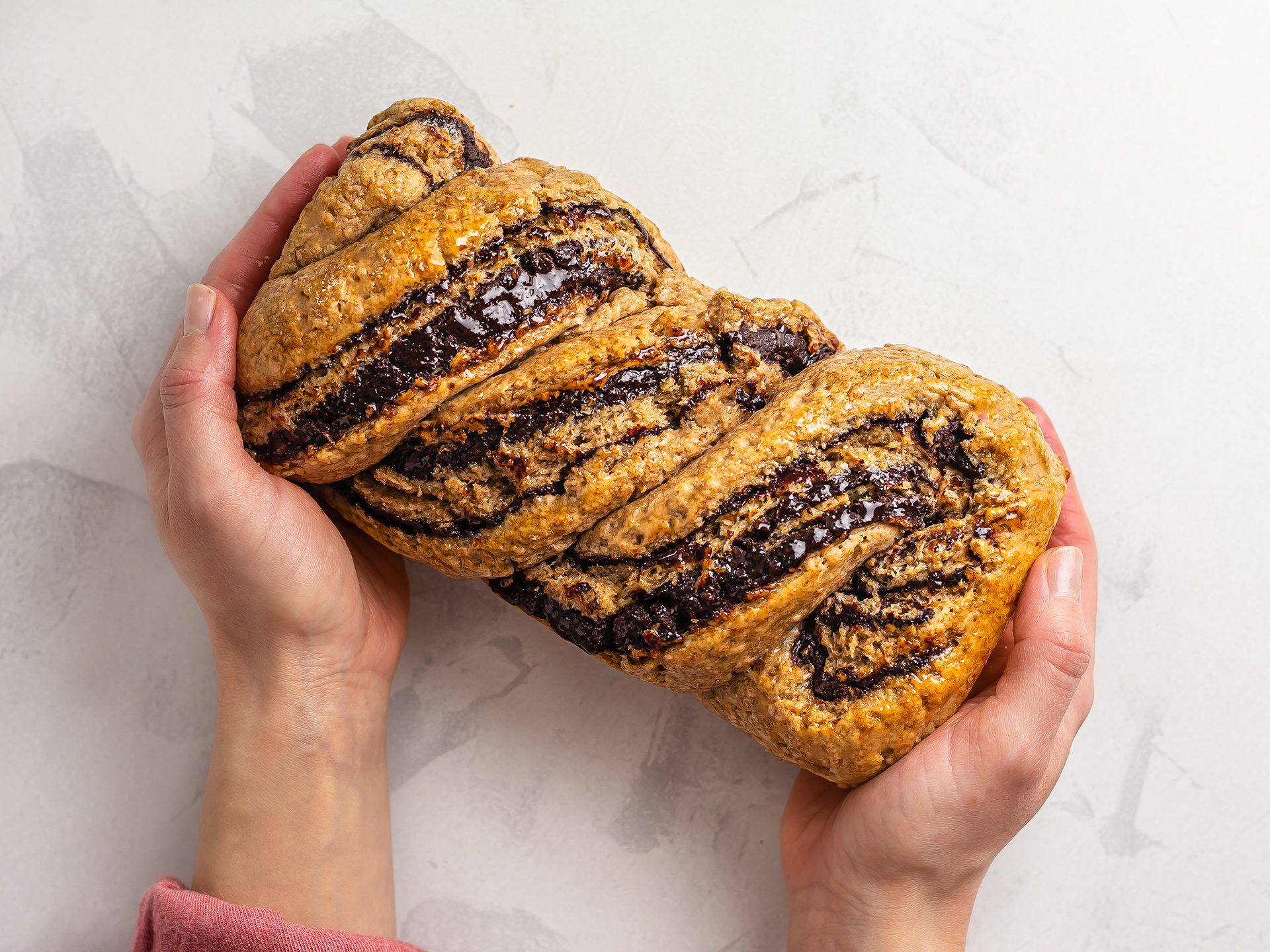See that beautiful swirling brioche bread in the picture above? You may know it as "babka", or maybe as "krantz cake". One thing is certain: it's ultra-delicious, and it can soon be in your belly.
Like many other traditional recipes, babka uses butter, eggs, and quite a bit of white sugar. We are changing that right now! Below we'll make a healthy krantz cake that is sugar-free, eggless, dairy-free and vegan.
But first, why does it have two names? Is it Krantz cake or babka? We answer that after the recipe, in the FAQ section.
Our mission at Foodaciously is to design recipes that are allergen-free, diet-friendly, and optimally healthy. Few things give us more satisfaction than turning an unhealthy yet delicious recipe in an equally tasty but much more nutritious alternative. This chocolate krantz cake came out fantastic: it's spongy inside, slightly crunchy outside, and so very chocolaty. And all of this with half of the sugars, 30% fewer fats, and three times fewer saturated fats than other non-vegan babkas. Hurray!
We made it healthier by using dark chocolate, dates instead of sugar, and oil instead of butter. Dates have the double benefit of being a sugar-replacement and being rich in fibres. We got even more fibres by using wholemeal flour.
The recipe is not difficult at all. The "hardest" part is the shaping of the babka swirls. But we have tested a simple method and shared all the details below. You'll have so much fun both making this and eating it, we promise.
Babka vs Krantz Cake: are they the same?
Some people call it babka, others call it krantz cake. What is the story behind this beautiful swirly challah-shaped bread?
This cute bake draws its origin from the Jewish diaspora.
Jewish communities in Poland and Ukraine developed this type of bread during the 19th century[1]. There, people called it "babka", which in Polish means grandmother — isn't that sweet.
This type of braided bread is also famous in West Jerusalem, but people there call it Krantz (קראנץ) cake (עוגת).
Mystery solved! Two cool names for the same beautiful dessert.
How do you resize the rectangular dough base to fit your loaf tin?
Follow these instructions to calculate the right size of your dough rectangle so that it will fit your tin:
Measure the long side of your loaf tin (for example, 20 cm / 8 inches).
Multiply this number by 1.5 ( for example, 20cm x 1.5 = 30 cm or 8 inches x 1.5 = 12 inches).
Use this number as a reference to measure the long side of the dough rectangle (for example, make the dough rectangle 30 cm or 12 inches long).
To calculate the short side of the dough rectangle, multiply the length by 0.7 ( for example, 30cm x 0.7 = 21 cm or 12 inches x 0.7 = 8.5 inches).
Of course, if your loaf tin is twice the size of ours, you'll also need to double the amount of ingredients.
Is traditional babka made with chocolate?
As we learned in the brief historical excursus above, babka is of Polish/Ukrainian origins.
Back in the 19th century, chocolate wasn't as easily accessible and cheap as it is now. So the traditional babka wasn't famous for the luscious entanglement of chocolate stripes.
Instead, the original filling consisted of either jam or cinnamon (Encyclopedia of Jewish Food, Gil Marks [2]). So the traditional babka was more similar to a modern cinnamon or jam roll.
Is classic babka vegan?
The traditional jewish babka wasn't vegan, but it was quite close to it! Contrary to more modern interpretations of the recipe, the babka back then was pareve [3] (A Jewish term that means made without milk or meat or their strict derivatives). However, eggs are allowed in the pareve culinary practice and were in fact used in the babka dough.
So no, the traditional babka wasn't vegan; it was dairy-free though. Nowadays, most of the babka recipes you find use vegan, butter, eggs, and sugar.
For a fully vegan and sugar-free variation, you can check out our recipe above.
Can I make babka without butter?
You can, and you should. It's not only healthier that way, but it's the traditional way of making krantz cake/babka [4].
Classic Jewish babka was pareve, which means it didn't contain dairy. Instead of butter, the original babka bakers would use oil, and we have borrowed their wisdom in our recipe above.
Ingredients
| Dough | |
| Almond Milk | 165 mL |
| All-Purpose Flour | 200 g |
| Wholemeal Flour | 100 g |
| Instant Dry Yeast | 7 g |
| Starch (Potato or Corn) | 20 g |
| Canola Oil | 70 mL |
| Salt | 1/4 tsp |
| Filling | |
| Pitted Dates | 100 g |
| Dark Chocolate 70% | 75 g |
| Water | 50 mL |
| Glaze (Optional) | |
| Maple Syrup | 25 mL |
Step 1
Start by adding the pitted dates to a bowl of boiling water (1). Leave them to soak and soften while you prepare the cake dough.
Combine the yeast with 15 g of plain flour and 30 mL of lukewarm milk in another bowl.
Then, leave the mixture undisturbed for 5 minutes. You'll see the yeast slowly rising and bubbling (2).


Step 2
Next, mix the remaining 185 g of flour with the wholemeal flour, starch, and salt (1).
Then, incorporate the remaining 135 mL of lukewarm milk, vegetable oil, and the prepared yeast mixture (2).

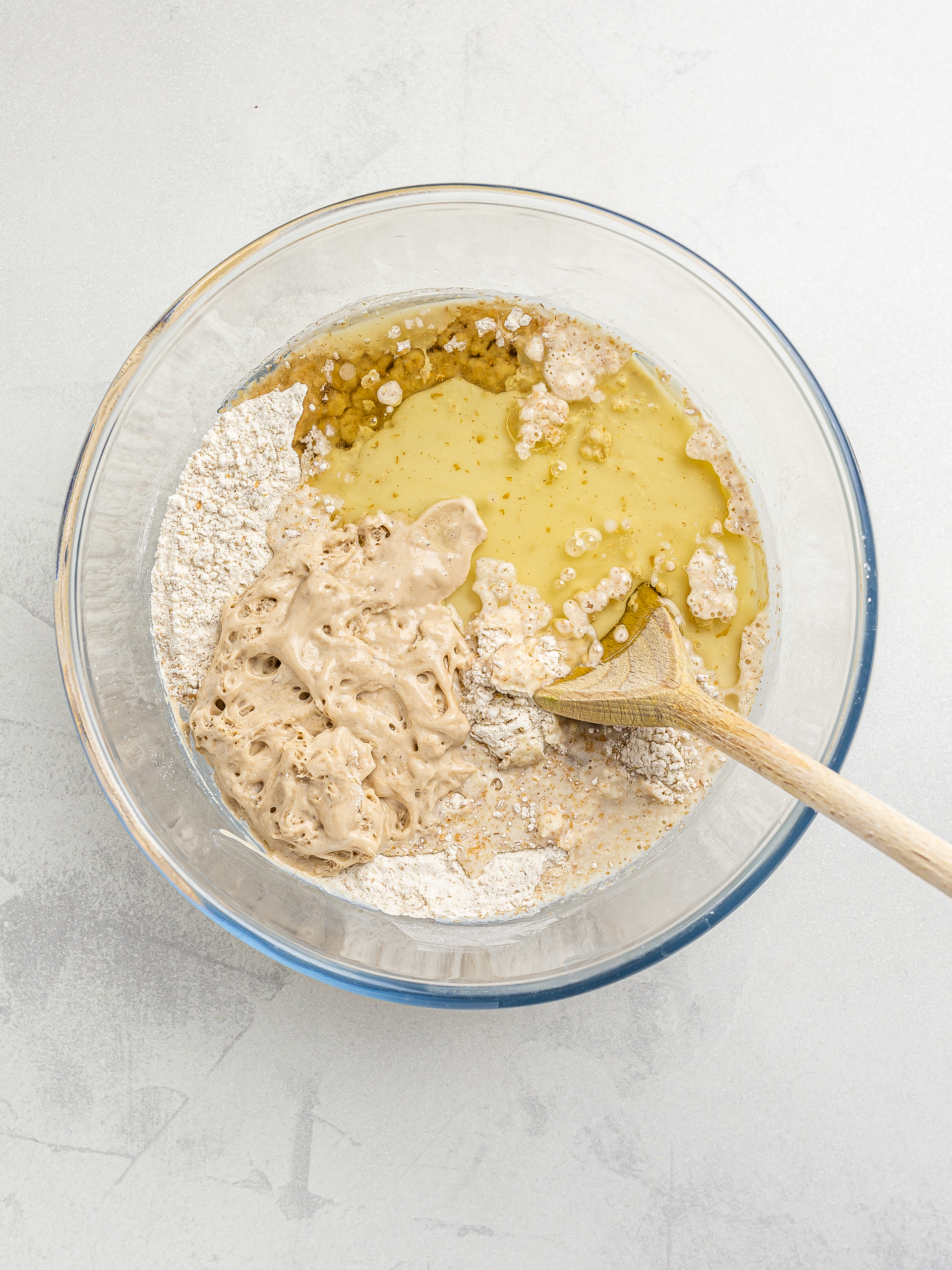
Step 3
Work the ingredients with a spatula or dough hooks until they come together and then transfer the mixture onto a lightly floured surface.
Knead the dough pressing it down and forward with the heel of your hand, then fold it back, turn sideways, and repeat.
We recommend working it for 5 to 10 minutes. The dough will feel slightly hard and rough at first, but it will become softer, smoother, and more pliable as you knead it.
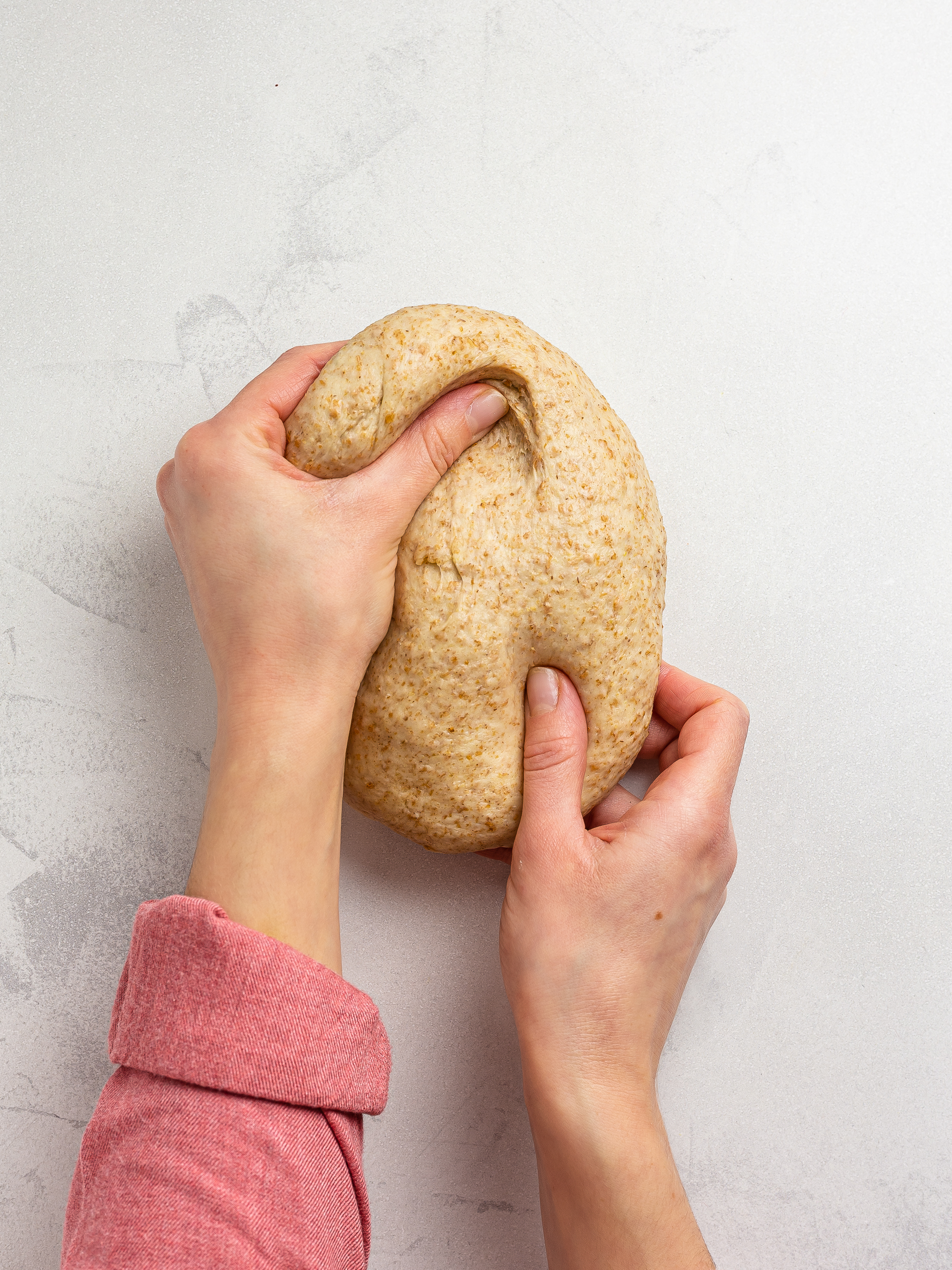
Step 4
Roll the dough into a ball, transfer it into a greased bowl, and wrap it in cling film (1).
Then, leave it to prove in a warm place for one hour or until doubled in volume (2).
For example, you could wrap it in a wool blanket and place it next to a radiator.

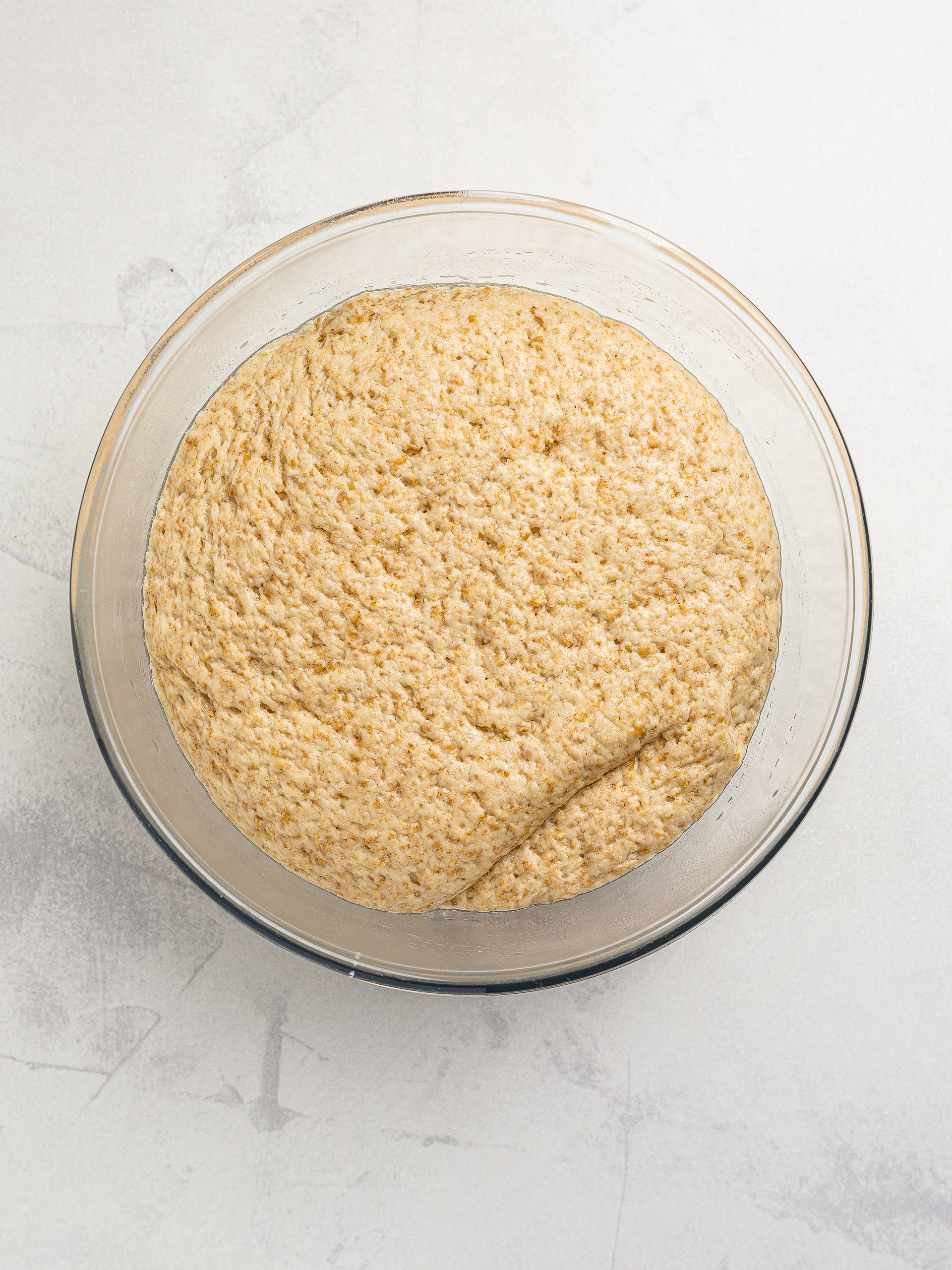
Step 5
While the dough proves, let's get the chocolate filling ready.
Drain well the dates and then add them to a food processor along with the given water. Then, blitz them into a smooth paste (1).
Next, chop the dark chocolate into small chunks and melt them over a double-boiler (or bain-marie) or in the microwave (2).
Check our tips section below for more info on how to melt the chocolate.
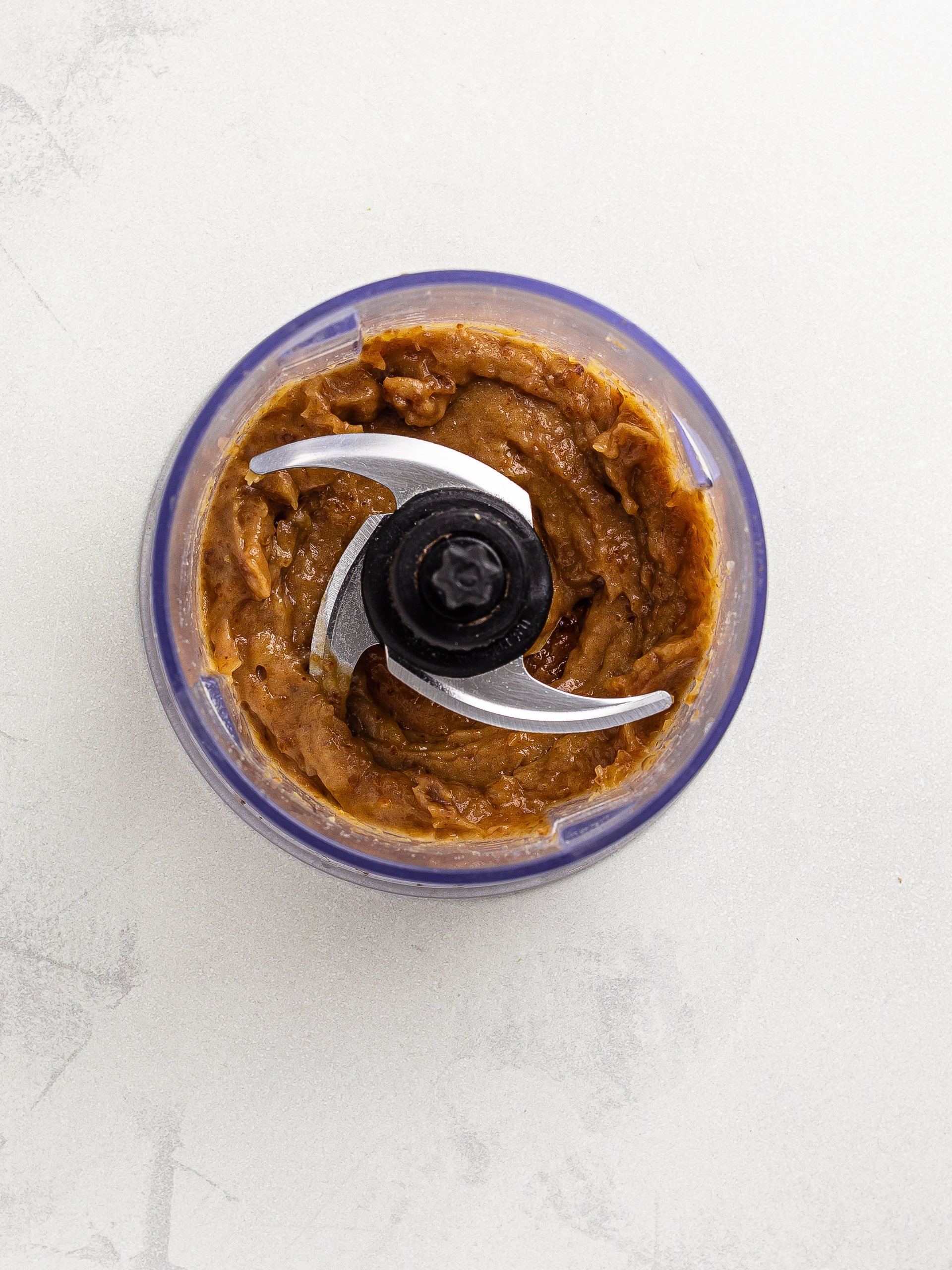

Step 6
Now, incorporate the date paste into the melted chocolate, gently folding it with a spatula or a spoon (1).
Leave this fudgy cream to cool down and harden at room temperature while the dough proves.
Once the dough is ready, transfer it onto a large sheet of baking paper and roll it out into a rectangle. Then, spread the chocolate filling with the help of a spatula, leaving 1 cm (0.4 inches) free on the edges (2).
We made our rectangle 23 x 33 cm (9 x 13 inches) as we'll use a 13 x 23 cm (5 x 9 inches) loaf tin to bake the Krantz cake.
If you have a different tin size, you can find precise instructions on how to calculate the size of the dough rectangle based on your tin dimensions in our FAQ section.
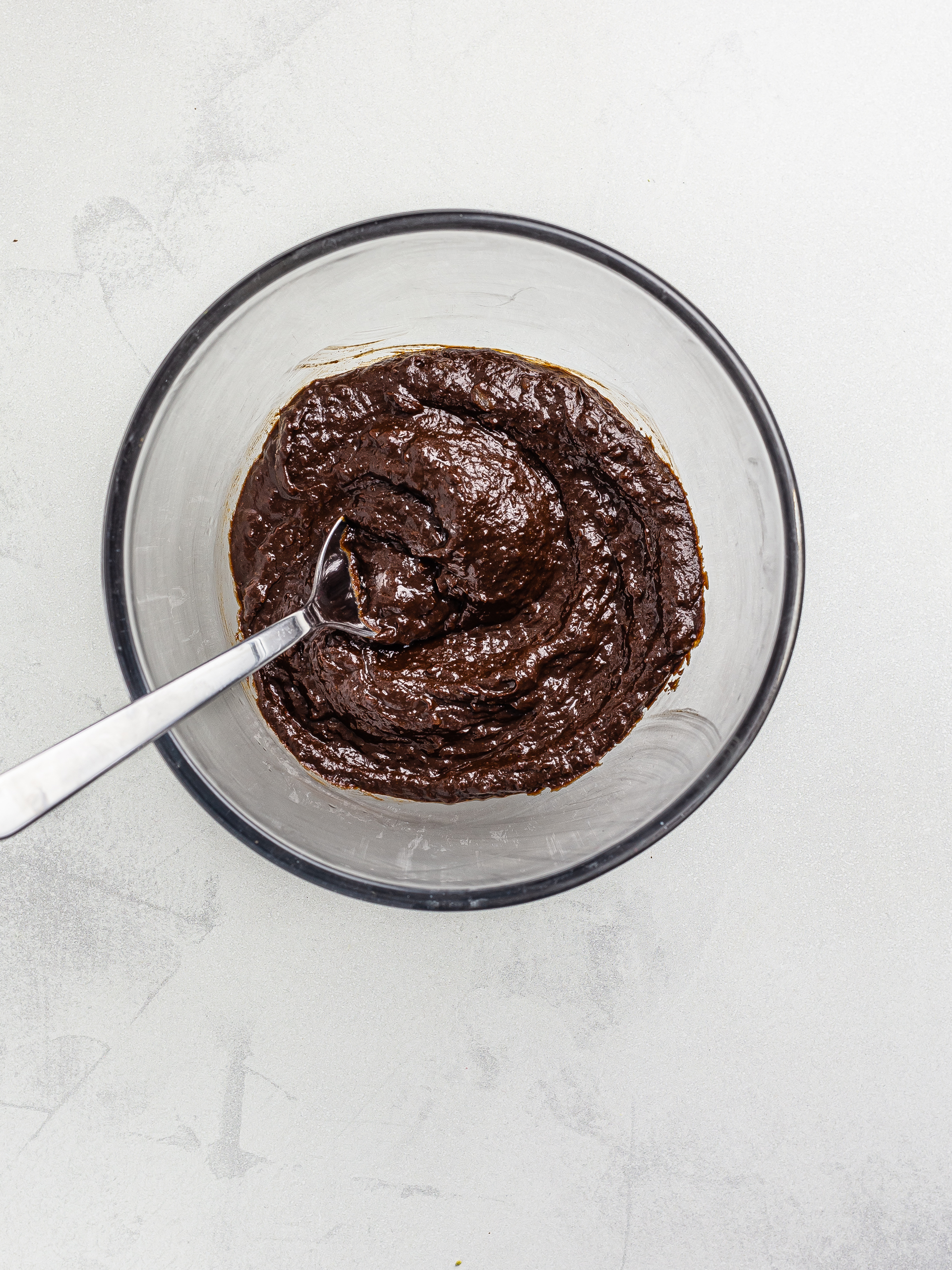
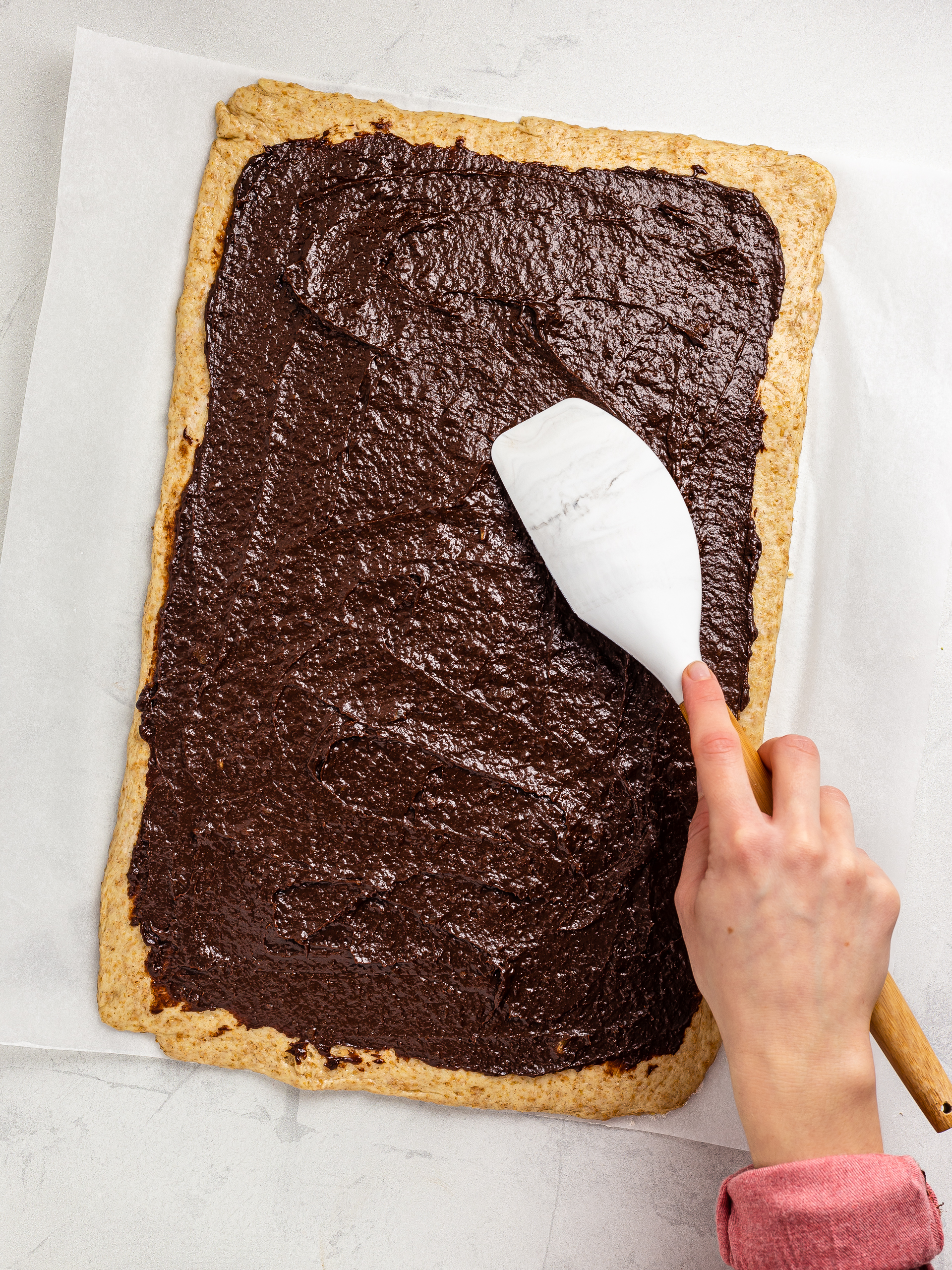
Step 7
Starting at the long edge, roll up the dough into a tight log (1).
You can use the baking paper to grab and fold the dough as you roll it.
Now, slice the dough log in half lengthwise, leaving one end uncut, and then twist the halves so that the filling if facing upward (2).

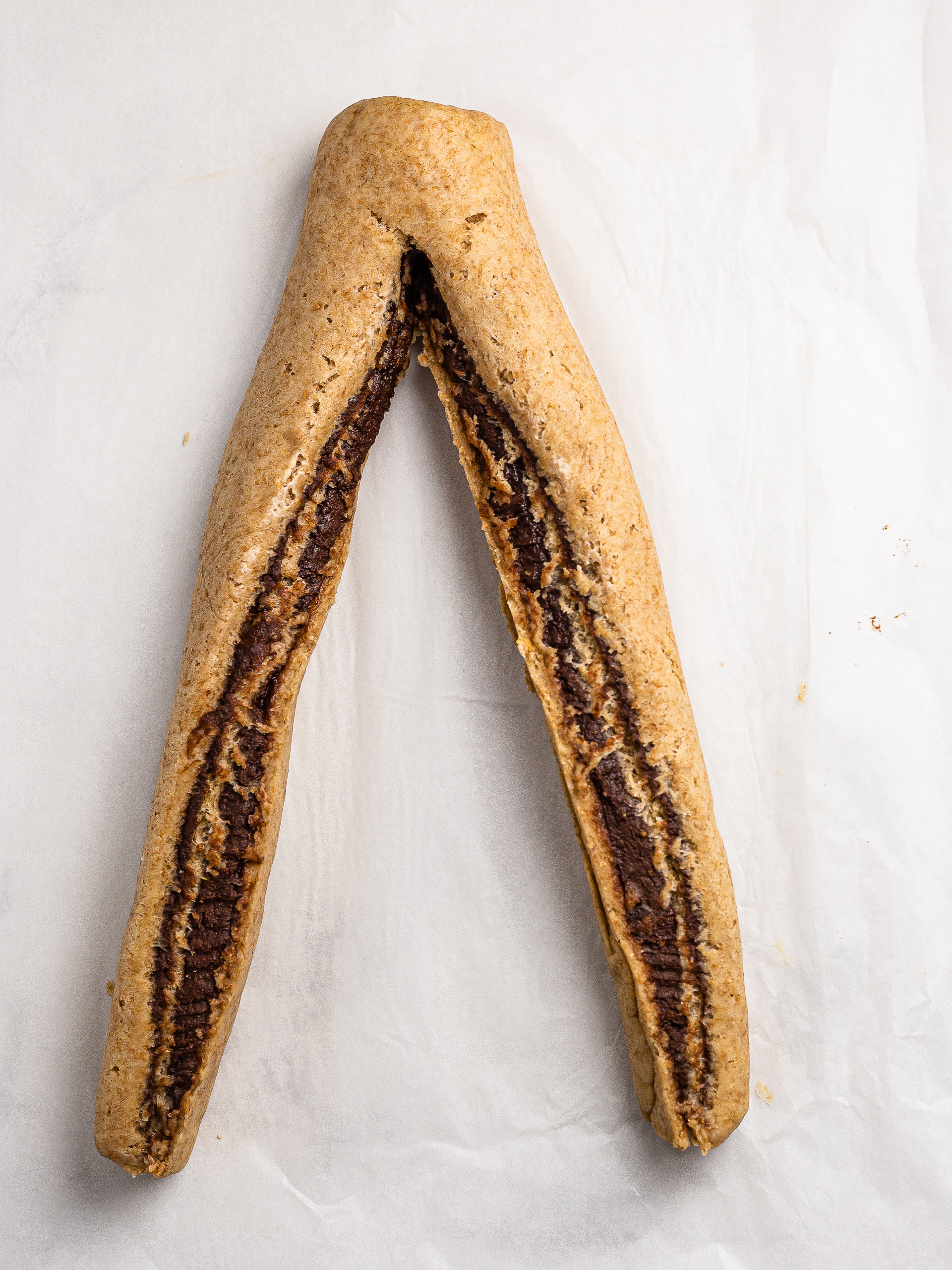
Step 8
Next, weave the dough halves from top to bottom into a braid, keeping the filling side facing up.
Then, slice the uncut section of dough and finish the braid.
Now, pinch the dough's ends together and tuck them under the braid (1).
Use the baking paper to lift the braid and ease it into the loaf tin. Then, leave it to prove for 30 minutes in a warm place (2).
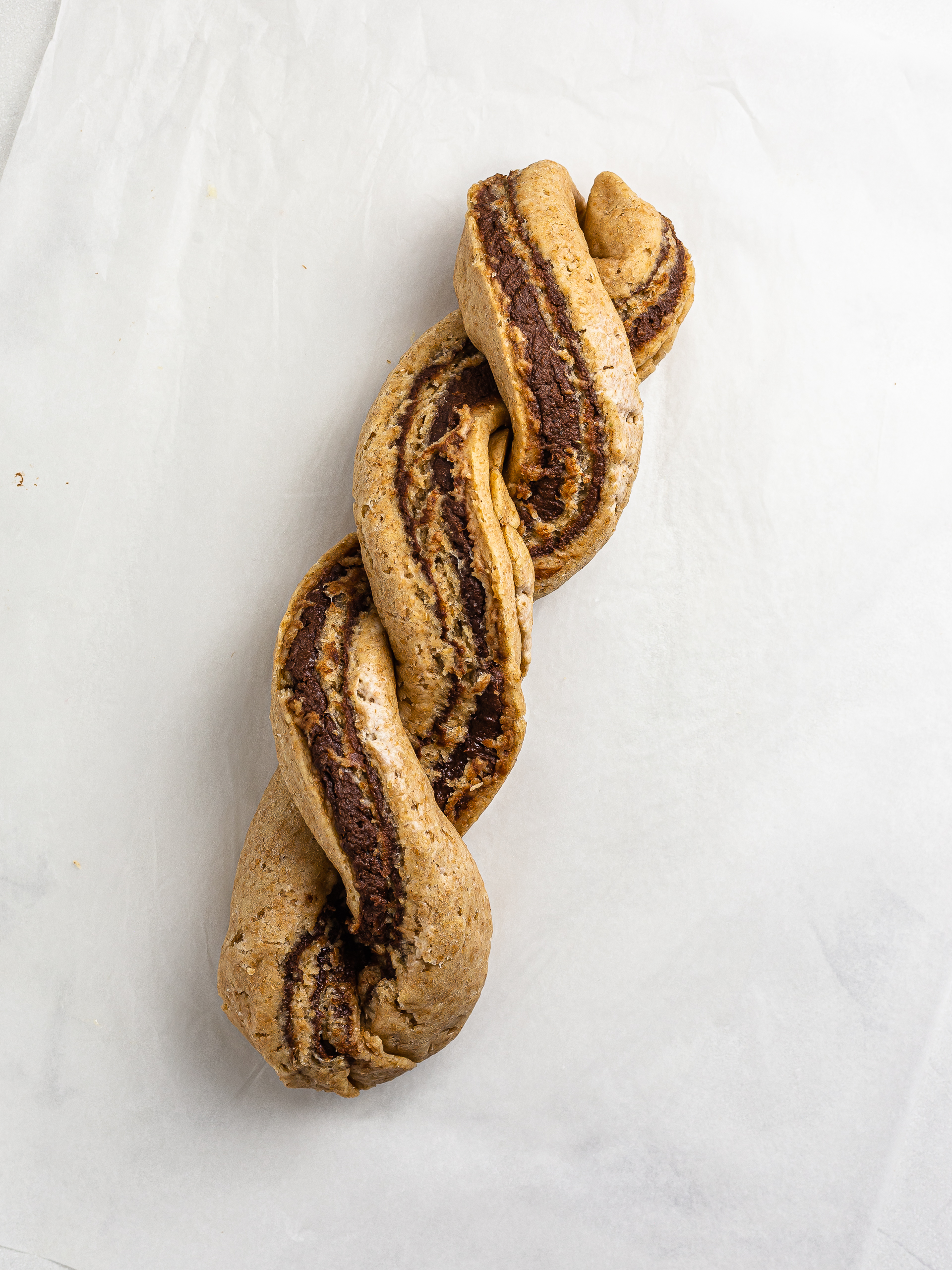
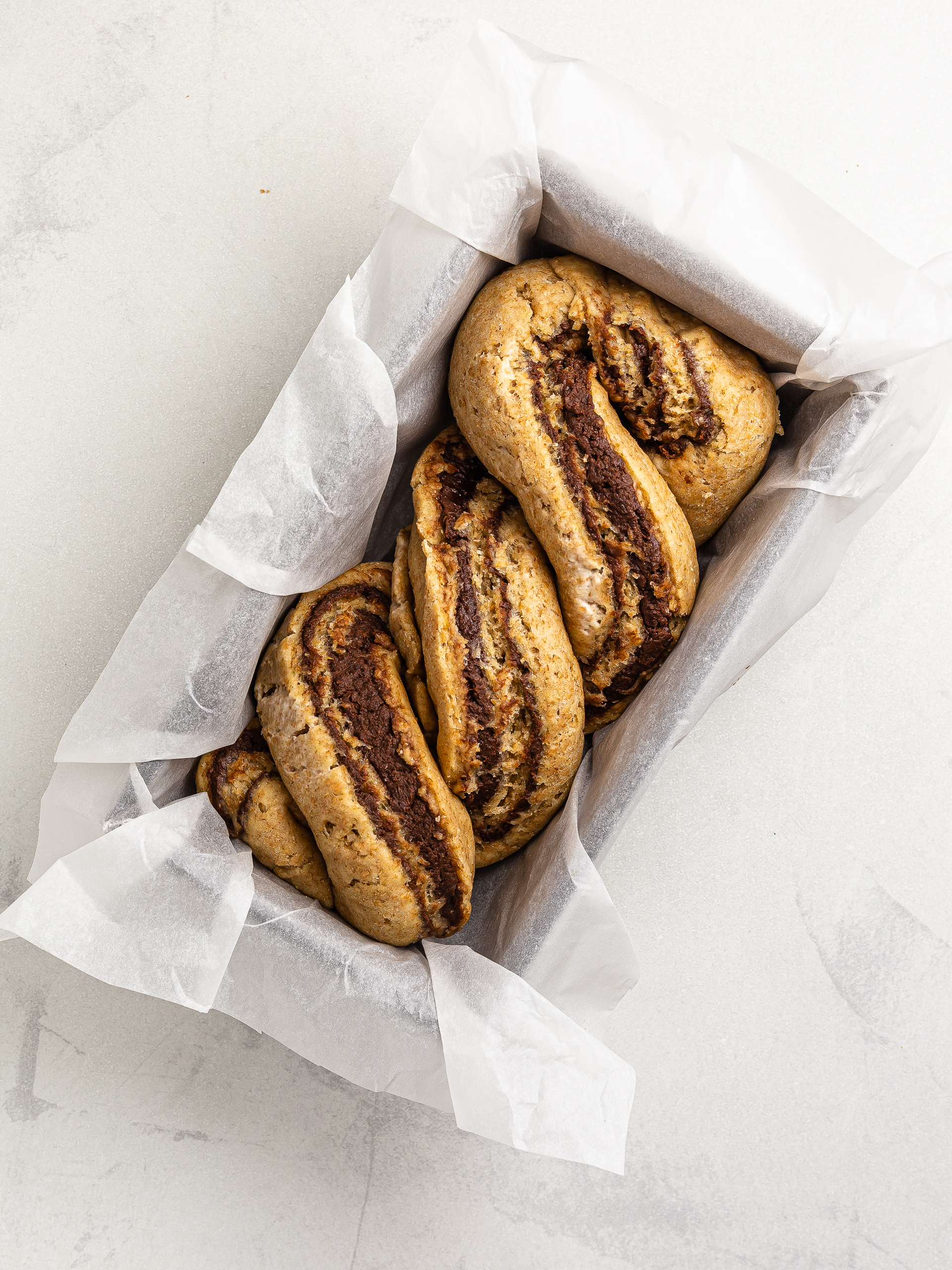
Step 9
Before baking, you can optionally brush the cake with a vegan egg wash. Check the tips section below for more info.
Bake the Krantz cake for 50 minutes at 180°C (355°F) in static mode (1).
Finally, transfer the braided bread onto a wire rack to cool down.
You can now brush it with maple syrup, although this is optional (2).
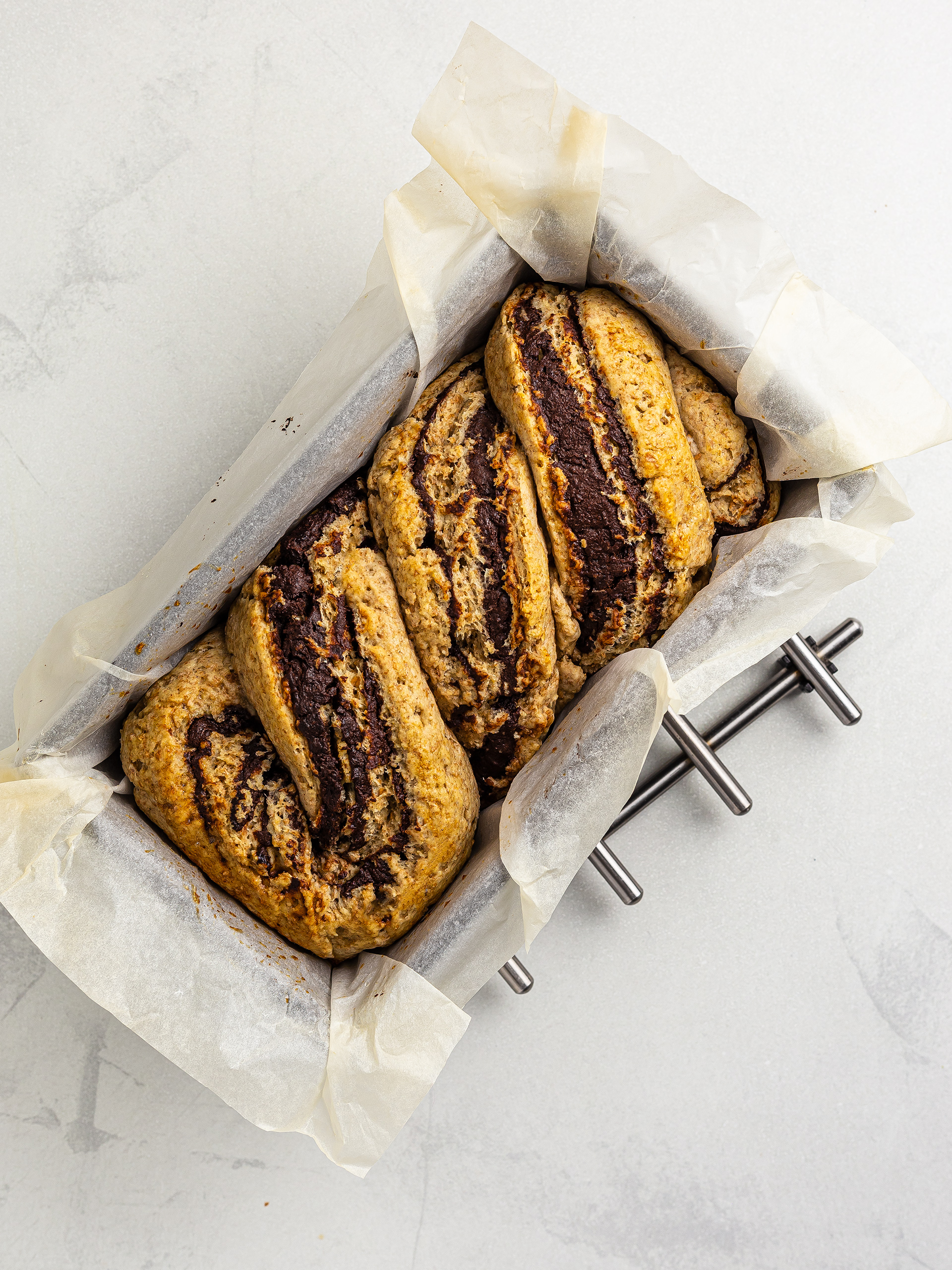
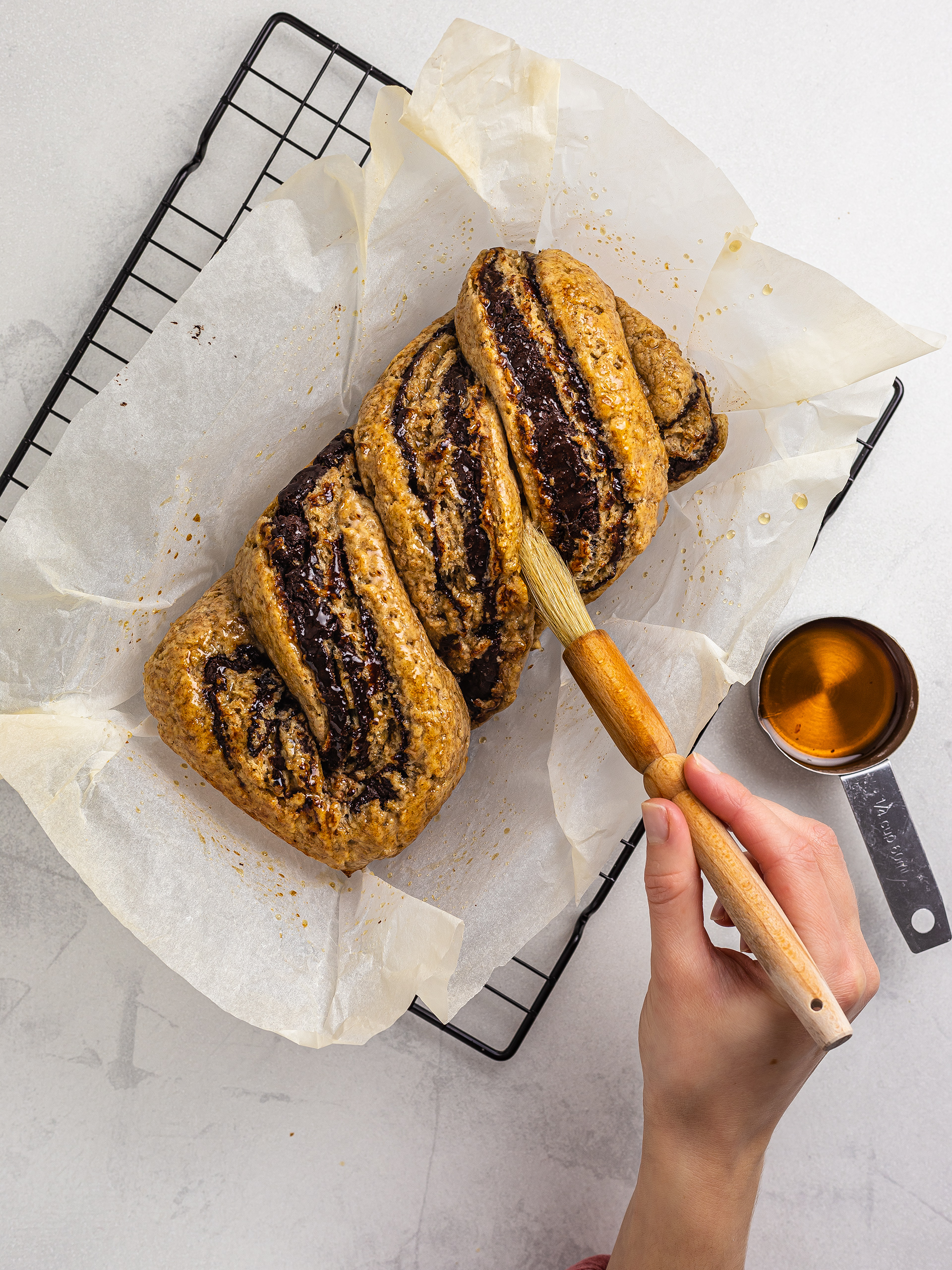
Tips
You can melt the dark chocolate in two ways, in a microwave or over a double boiler. Here's how.
Microwave: break down the bar into smaller chunks and then add them to a heat-proof bowl. Place it in the microwave for 20 seconds over high heat, then stir the chocolate, and put it back, repeating this process until it's completely melted.
Bain-marie: break down the bar into smaller chunks and then add them to a heat-proof bowl. Set the bowl over a pan with simmering water and allow the chocolate to melt stirring occasionally. Make sure no water or steam is getting into the bowl, or it will harden the chocolate.
To make the vegan egg wash, whisk 1 tbsp of almond milk with 1 tbsp of maple and 1/2 tbsp of vegetable oil in a bowl. Then, brush the mixture over the surface of the cake with a pastry brush.
